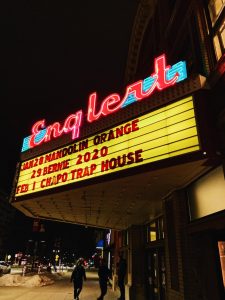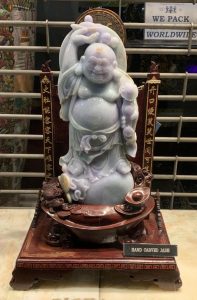The vicious murder of Africa’s great beasts: On the wildlife trade
February 26, 2017
The cost of rhino horn per kilogram has reached record levels, in areas of East Asia one kilogram can go for as much as $100,000, based on data from Kevin Xie, or three times as much as the same weight of cocaine. Due to the ever expanding Chinese middle class the demand for illegal substances-especially rhino horn, pangolin scales, and shark fin-has escalated the situation into nearly irreversible levels.
Throughout China’s and East Asia’s history ivory, scales, and shark fin have been used in traditional medicine. Whether it be heart disease curing pangolins or cancer treating rhino ivory, endangered species find themselves trafficked and consumed by the thousand.
For thousands of years these goods were only achievable by the richest and most powerful and therefore this problem never escalated. According to statistics by Mckinsey & Company, the Chinese urban middle class has expanded from just 4 percent in 2000 to 68 percent in 2012.
With demand continuing to increase many species are at the brink of extinction. The World Wildlife Fund has signified certain species of pangolins, rhinoceros, and elephants as critically endangered.
This poses a significant threat due to both rhinos’ and elephants’ classification as keystone species. Rhinos’ trampling patterns and eating habits change the landscape of the African savanna. According to data by Joris P. G. M. Cromsigt Et al. for the journal of ecology, in high rhino impact areas short grass cover was as 7% higher than in low rhino impact areas. Elephants, on the other hand, are key ecosystem engineers of the African savanna. Research done by Gary Haynes, professor of anthropology, showed that elephant trails, dung, and their ability to turn woodlands into grasslands all prove important to savanna stability.
Not only does this trafficking risk extinction, but the illegal wildlife trade funds massive terrorist organizations in Africa and the Middle east. Because of their hefty price, terrorist organizations can purchase a tusk of ivory in Africa for $350 and sell them in Hong Kong for $450,000, according research by Ilioney Thelemaque and Fred Noel.
Illegal products that end up in the markets in East Asian countries follow a chain that often starts with illegal gangs sponsored by terrorist organisations. “Wildlife products have become a substantial source of income for terrorist organizations in Africa,” said the International Conservation Caucus Foundation.
One such organization, al-Shabaab, was reported by the Elephant Action League to be making £455,000 a month from ivory alone and in fact “could be supplying up to 40% of the funds needed to keep them in business,” said the EAL after an 18 month study of al-Shabaab.
The problem of wildlife trade may seem like an unsolvable problem, but recent reforms have increased hopes for endangered species. For example, at the end of last year China announced an all out ivory ban to take action by the end of 2017.
The BBC reports that China consumes roughly 70 percent of all world ivory. This ban will quickly cut off the demand of ivory my a massive percentage. By removing the demand for these products, prices will plummet and poachers will become less incentivised to murder critically endangered animals.
The situation is in a critical situation and without support from the U.S. this ban may not be enforced. As Iowans we are in a interesting situation; governor Terry Branstad was appointed as the U.S. Ambassador to China but has not been confirmed. Given his confirmation will go smoothly and that he will take this position in the coming months, it is critical that we use this window of time to spread the message of illegal wildlife trade. Make this Iowa’s problem and contact 515-281-5211 (governor’s office) to tell Branstad to cooperate with China over their recent ban.











